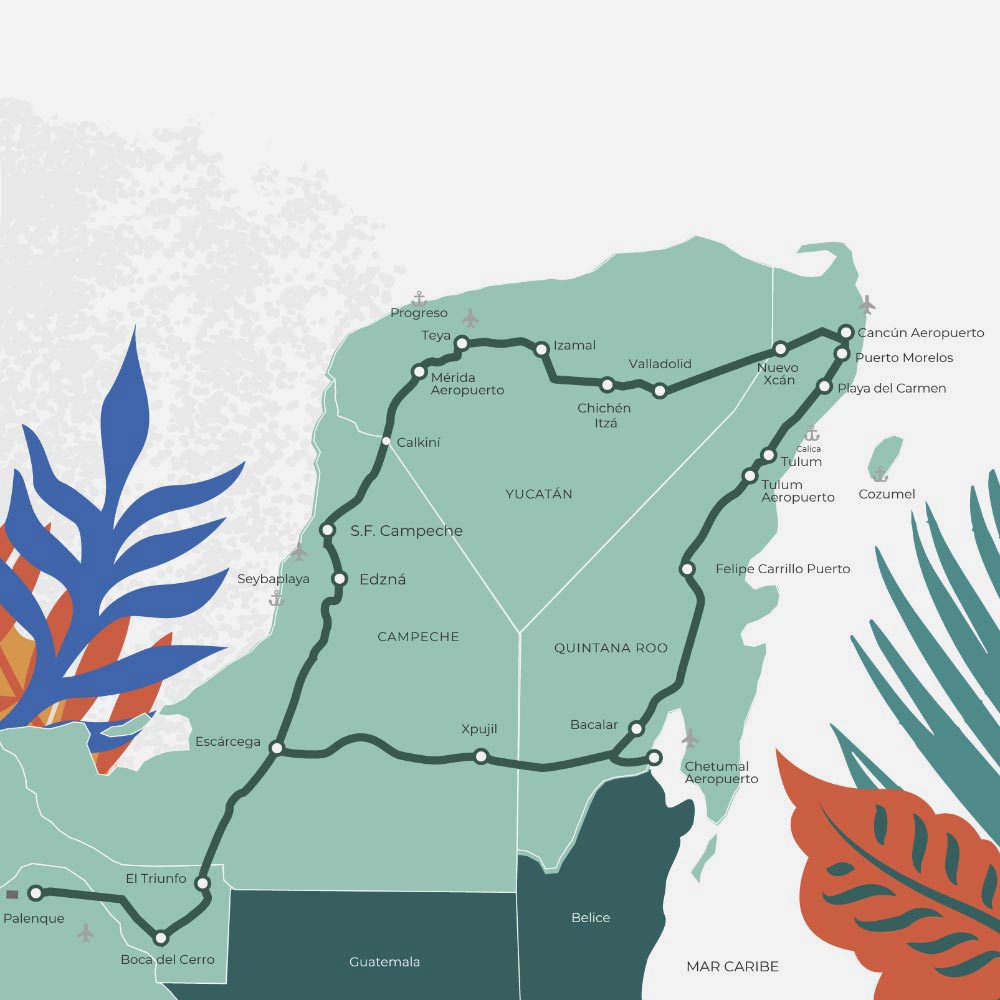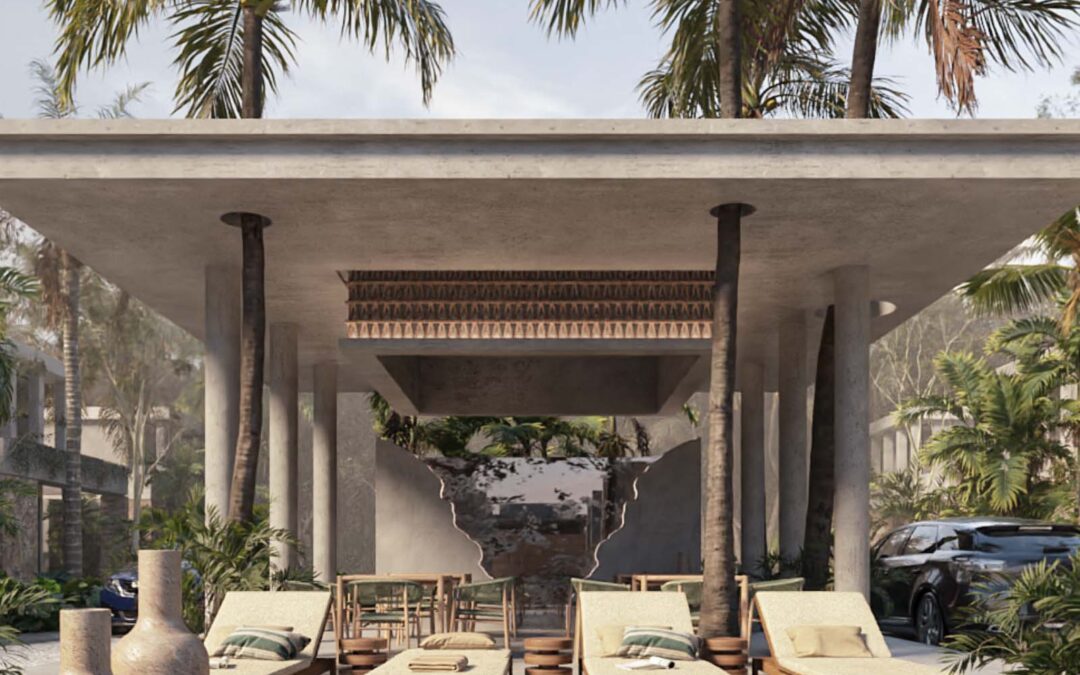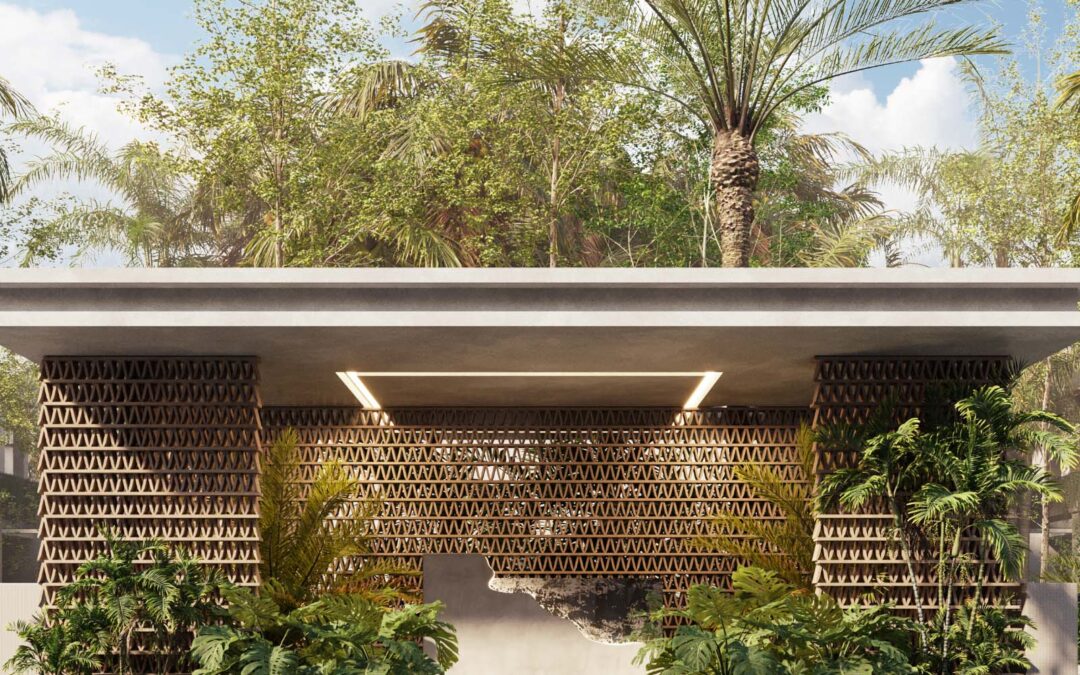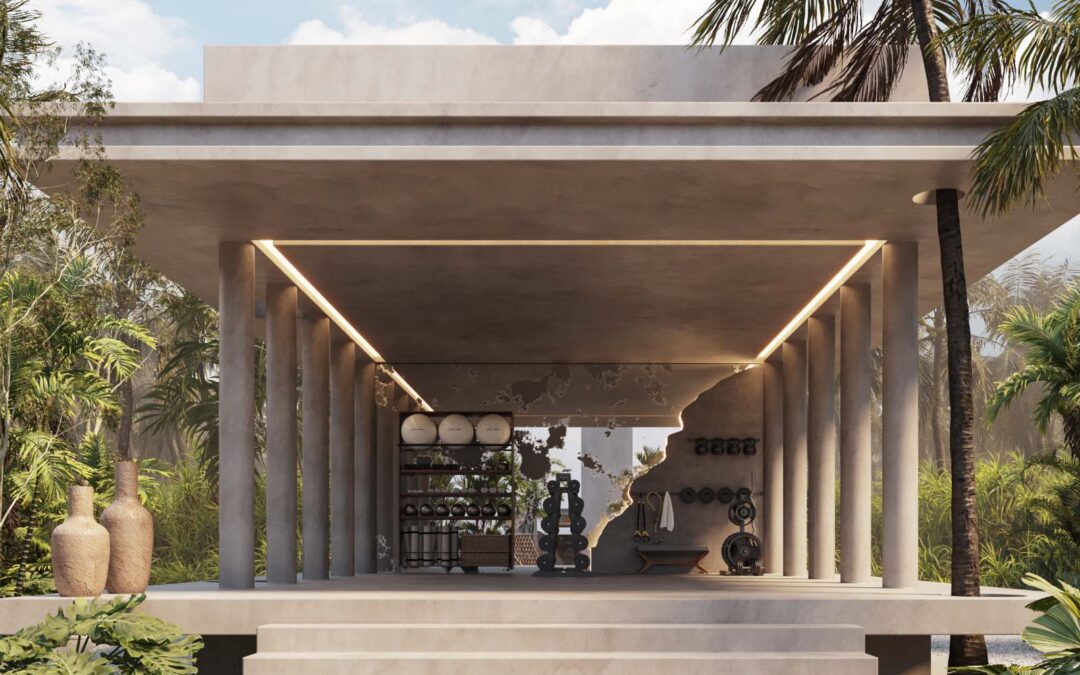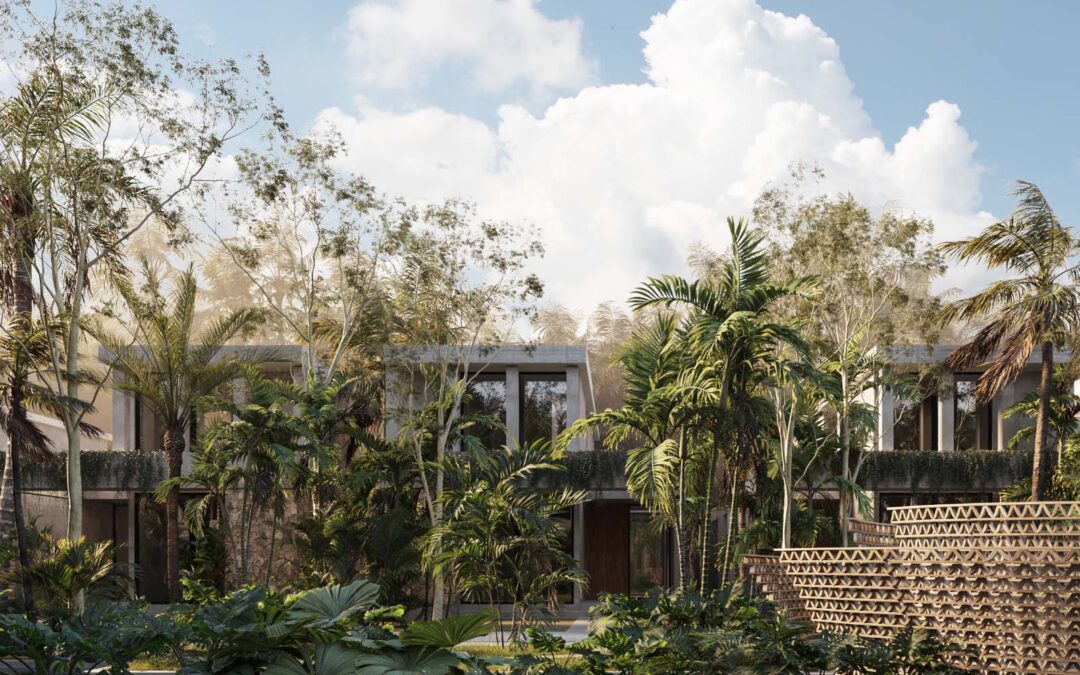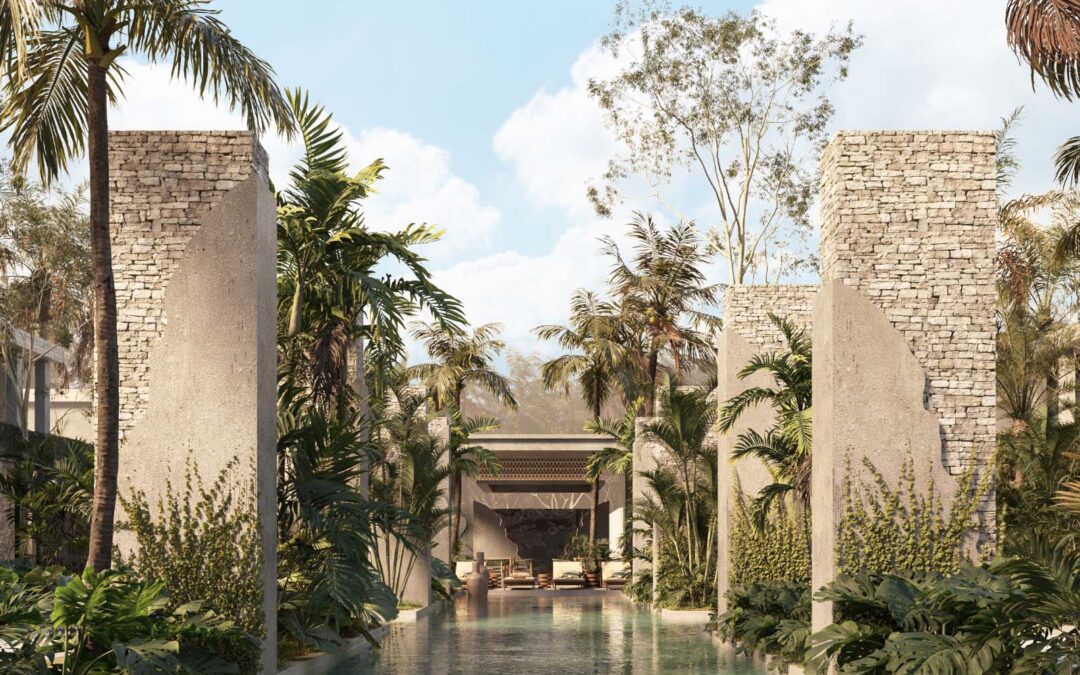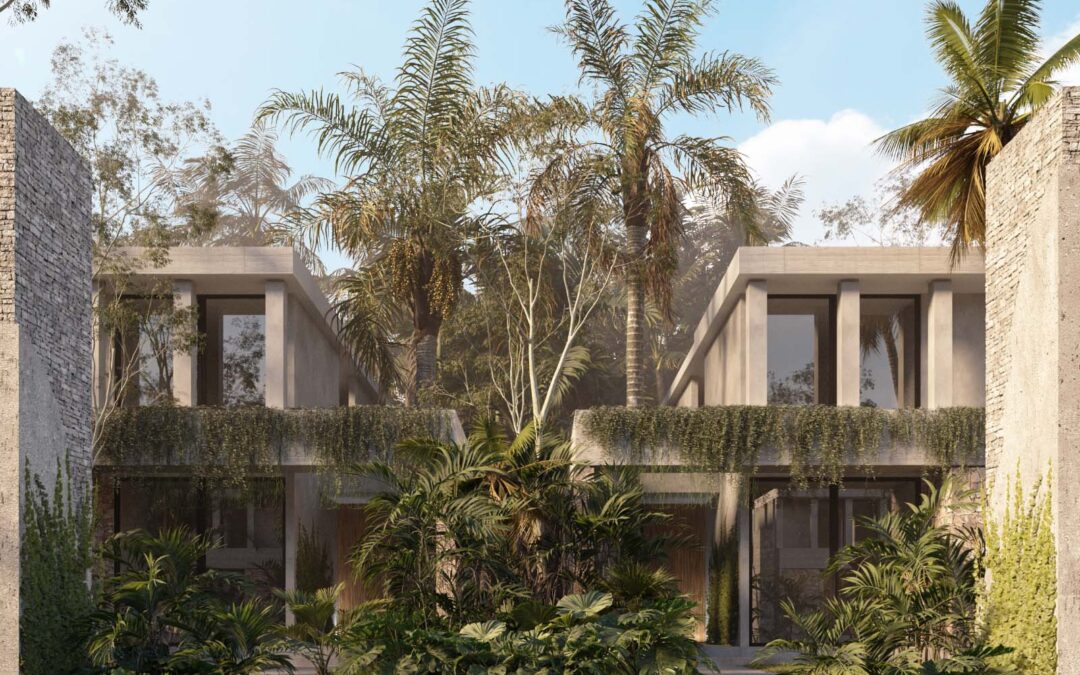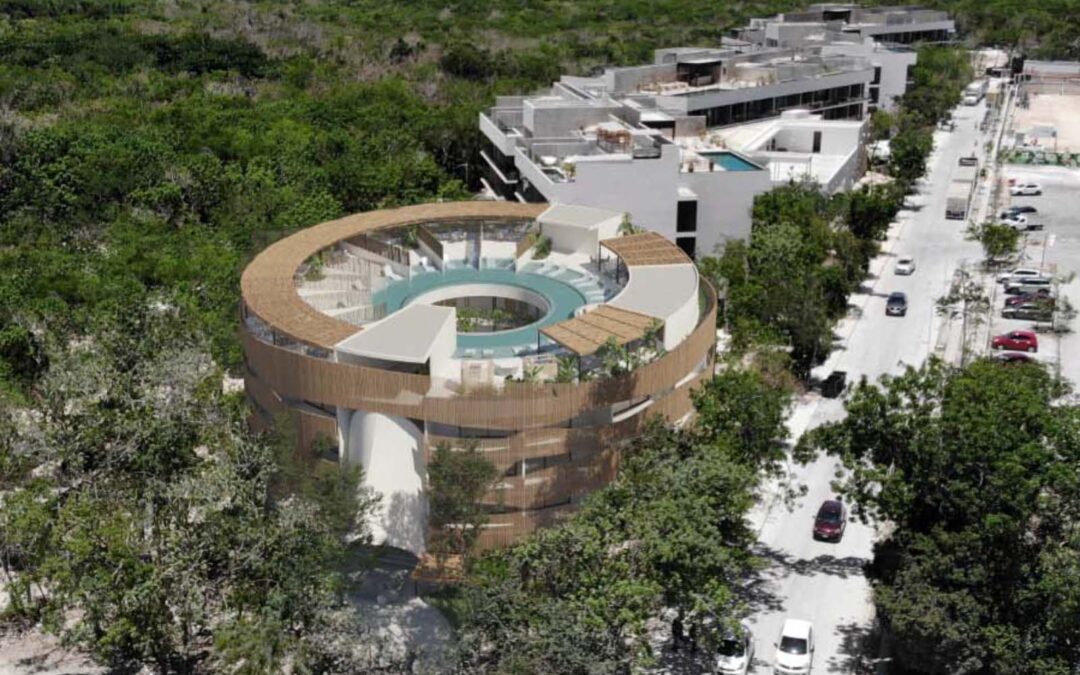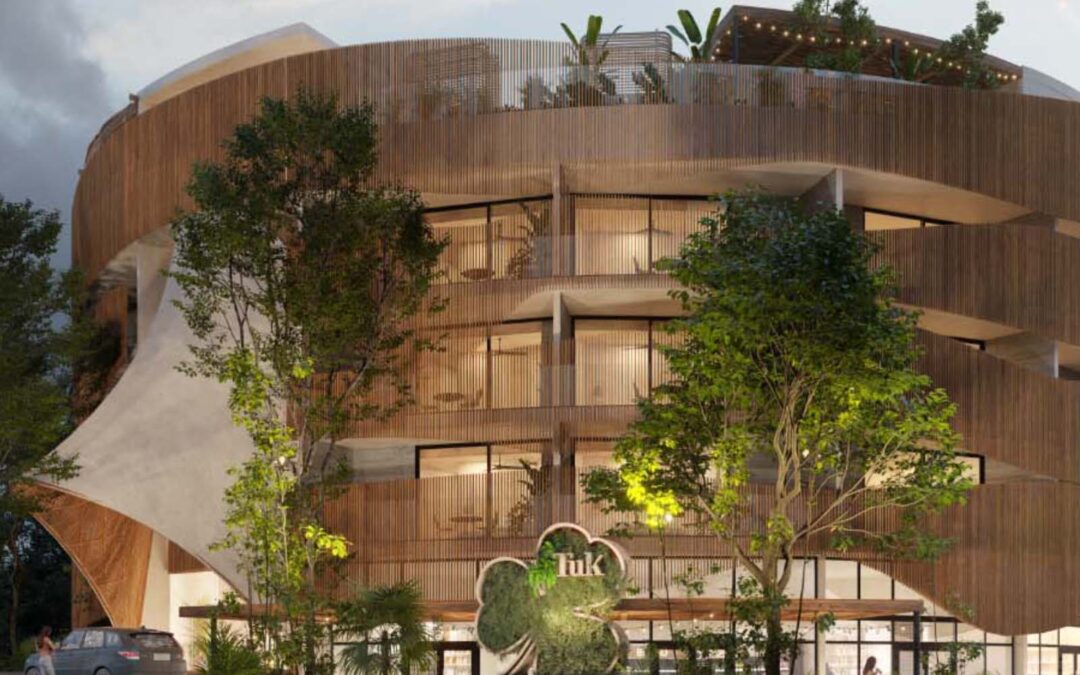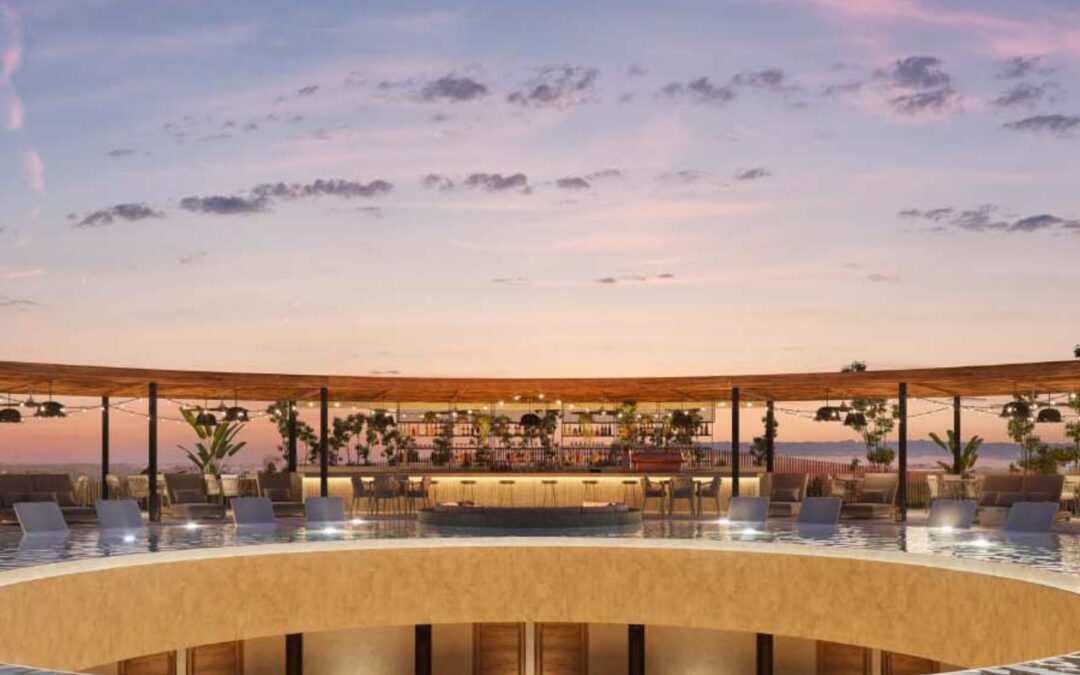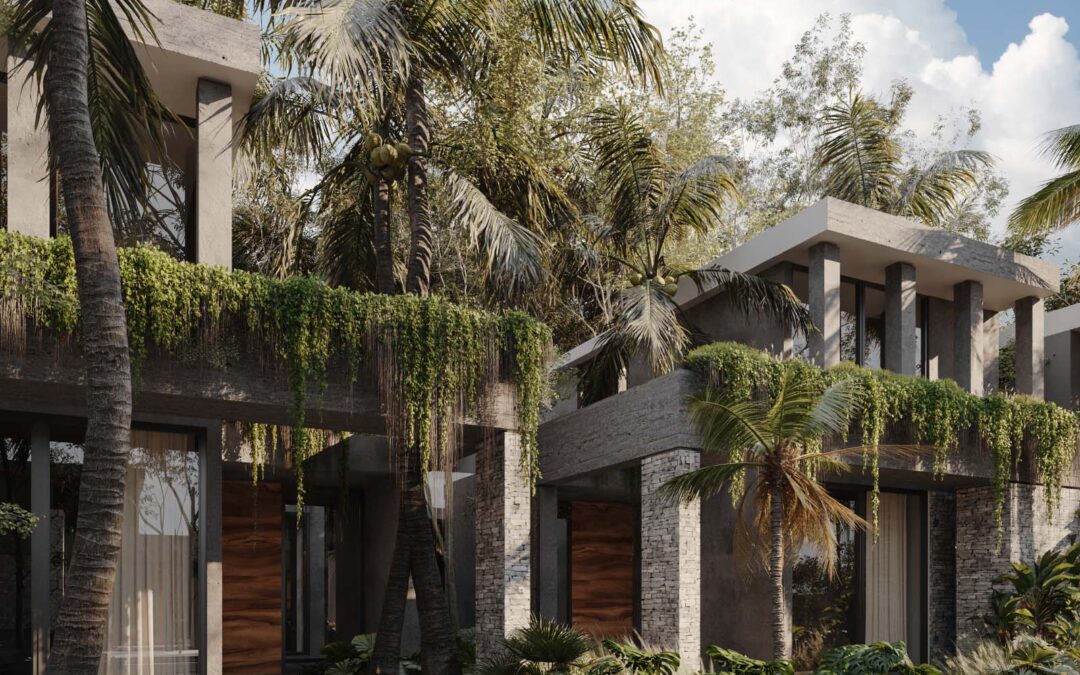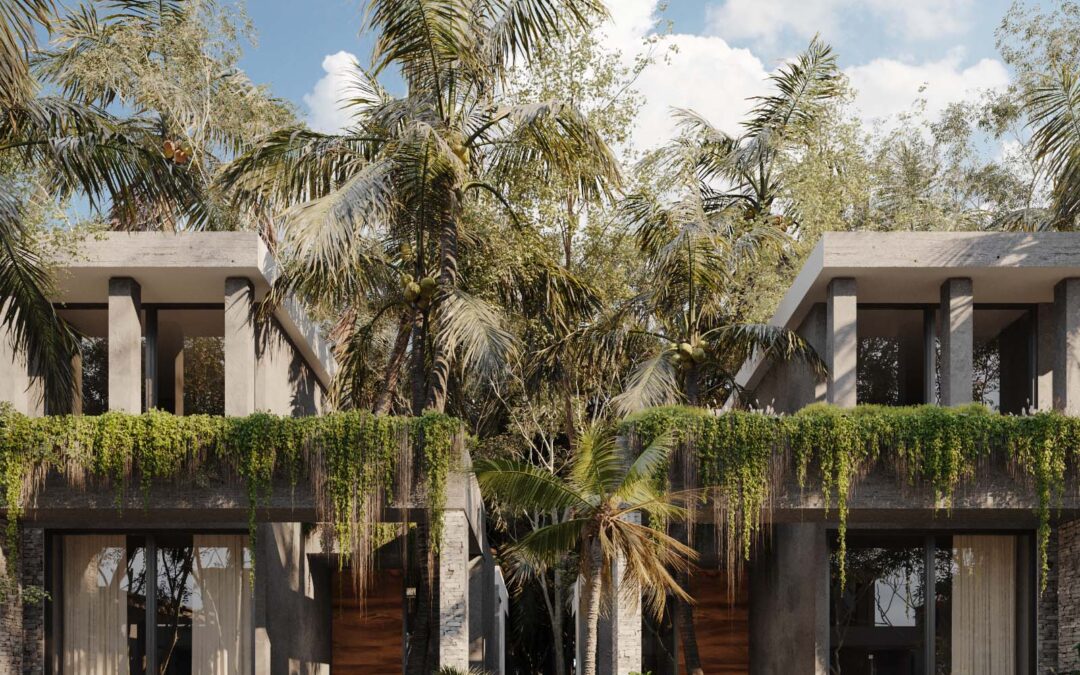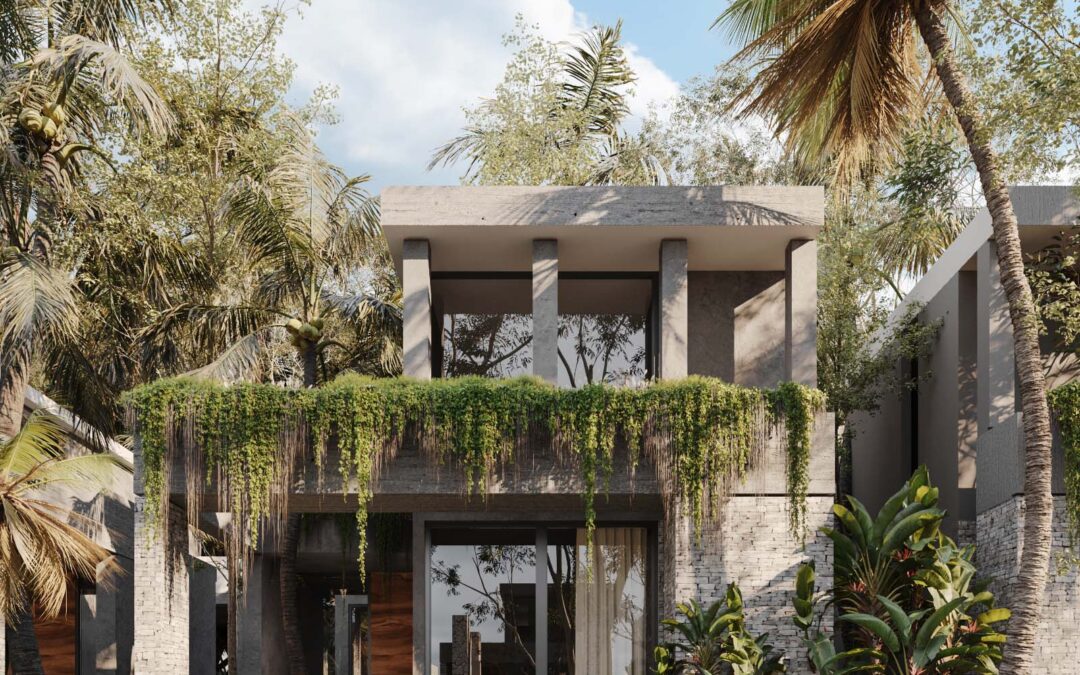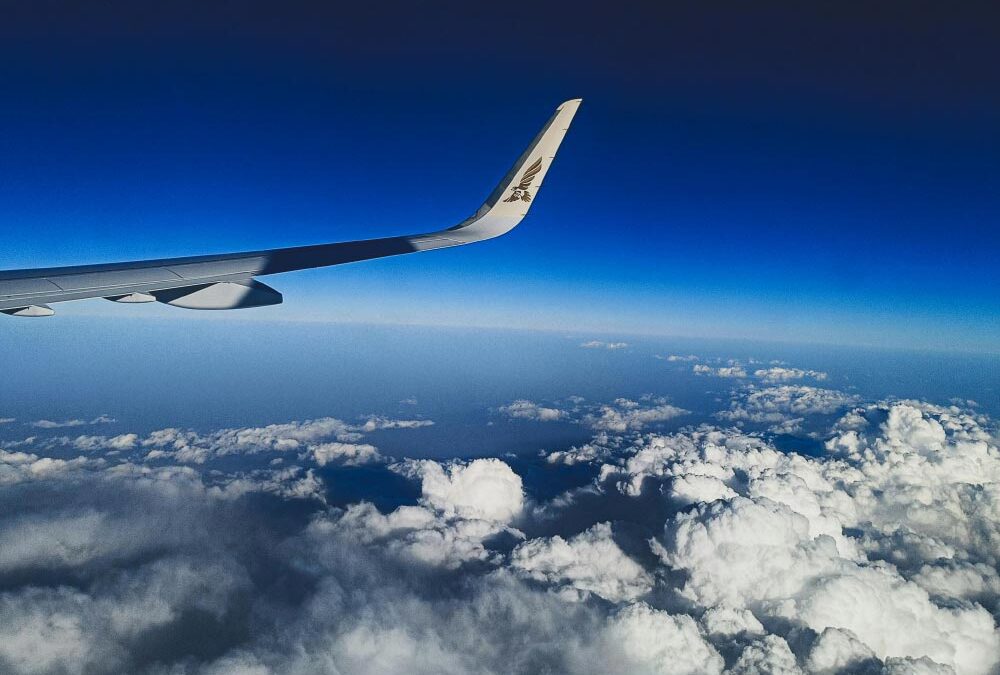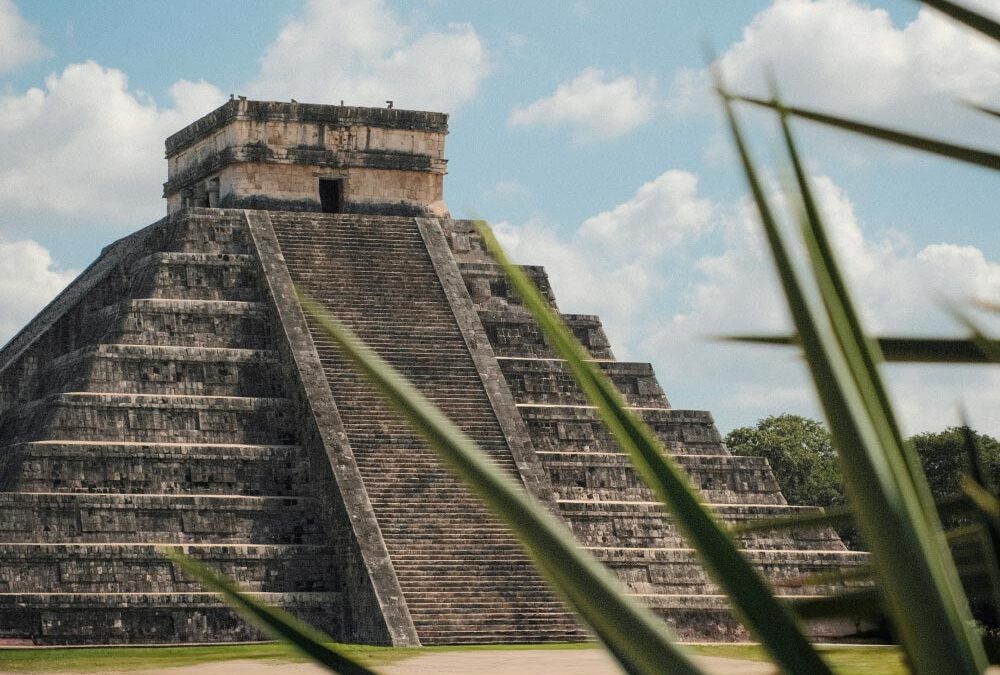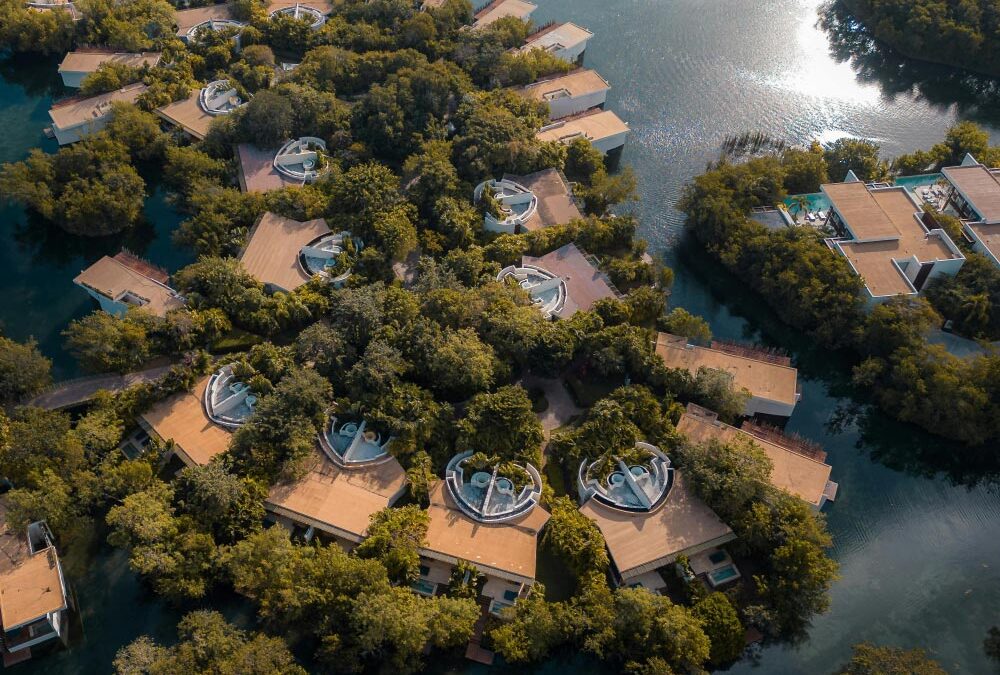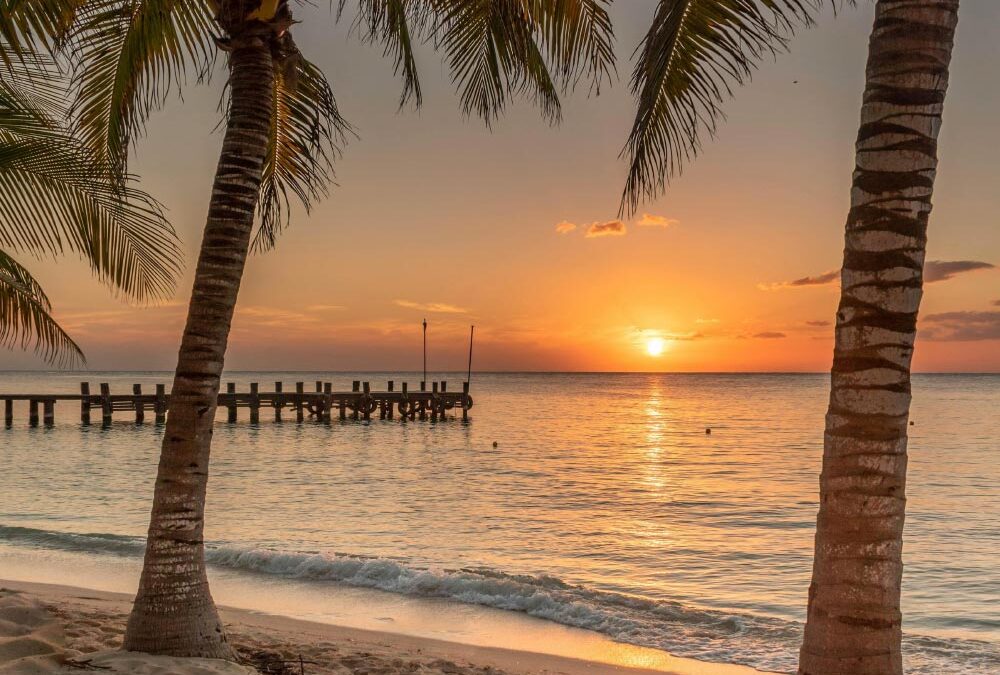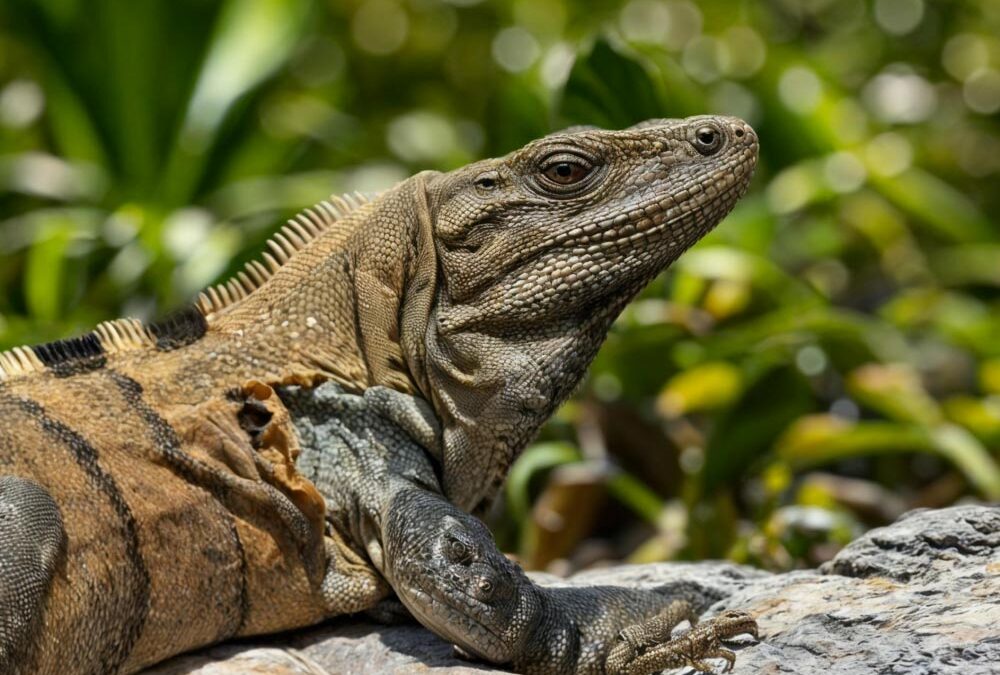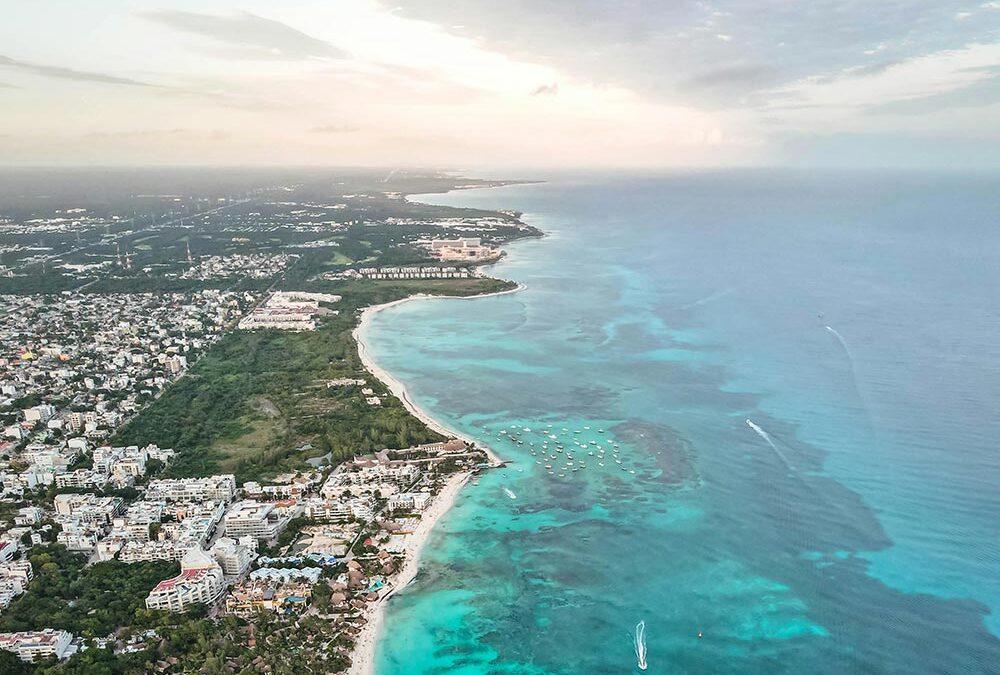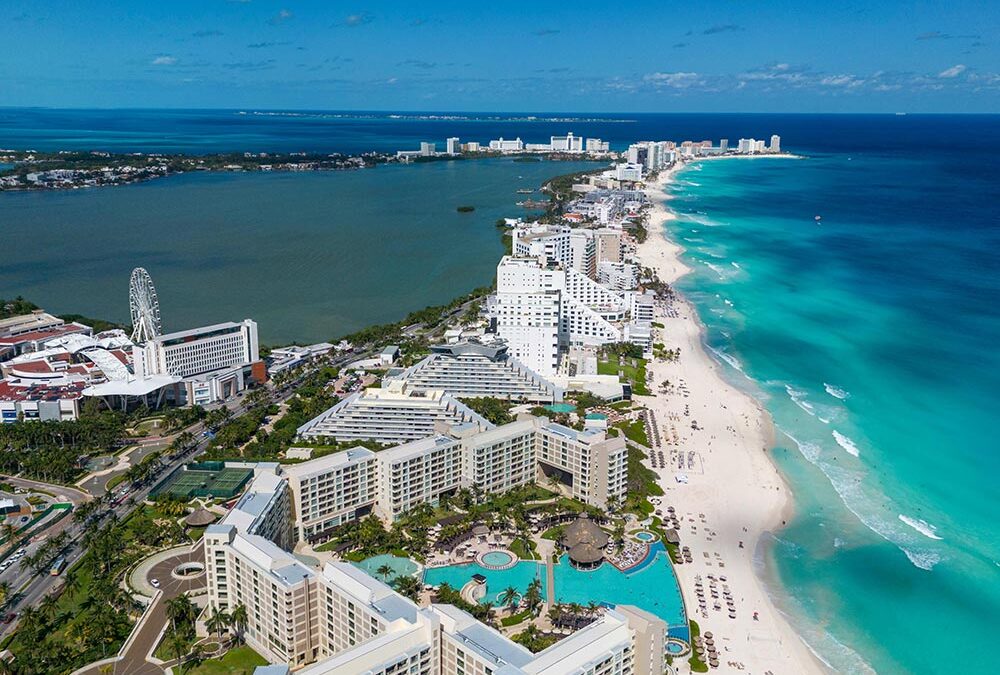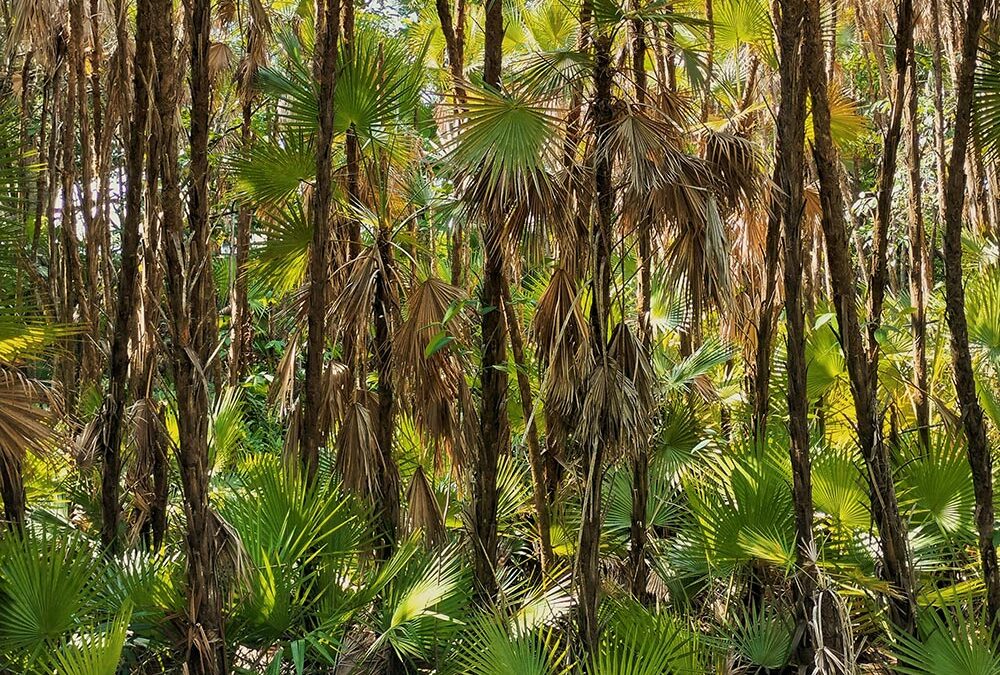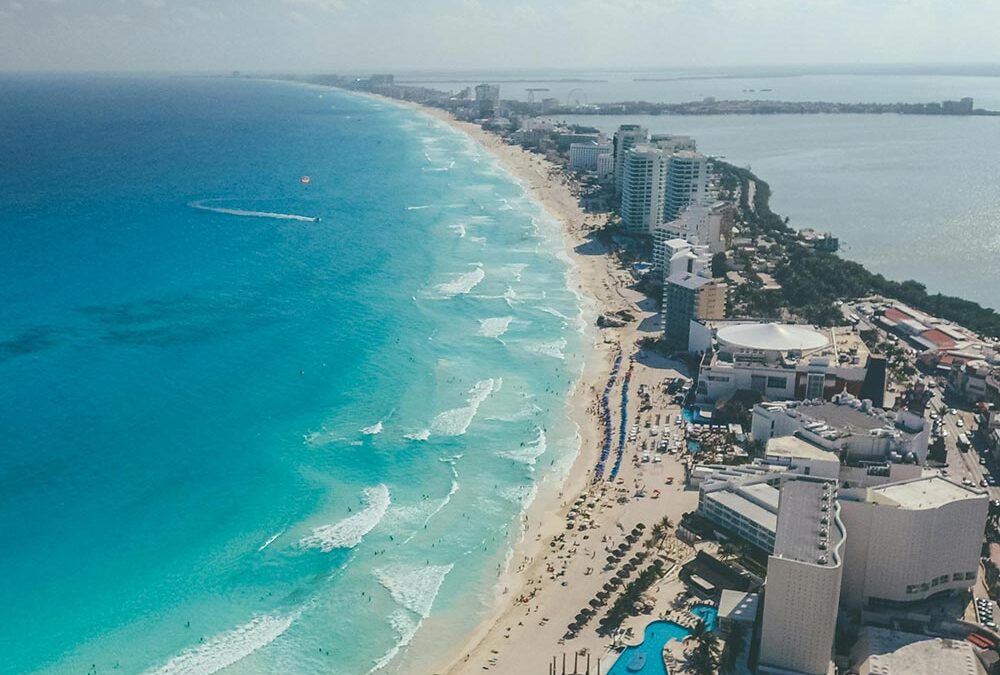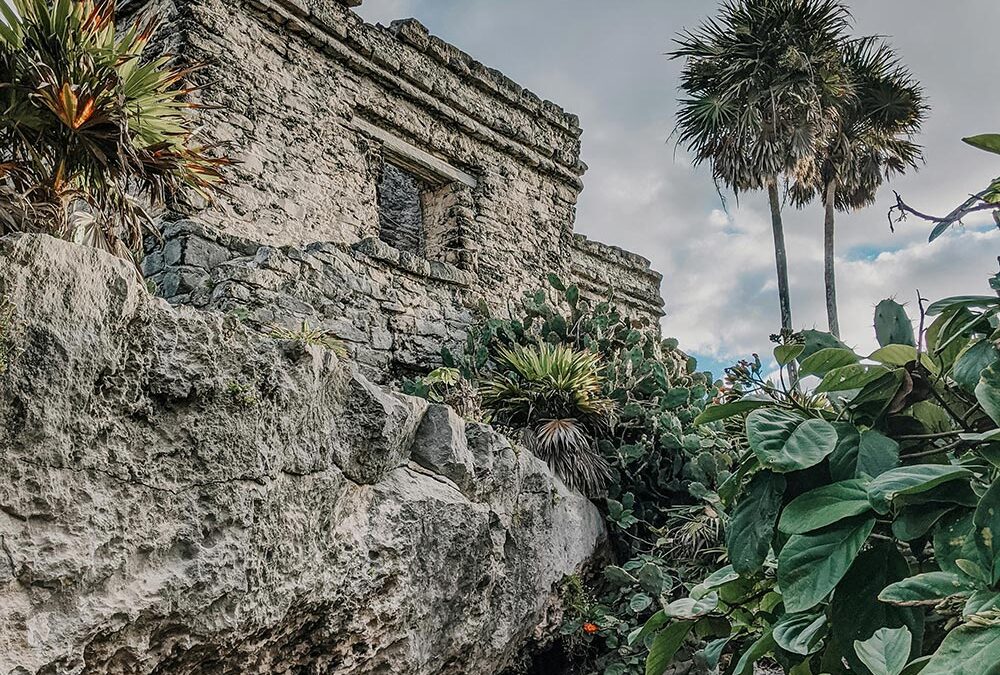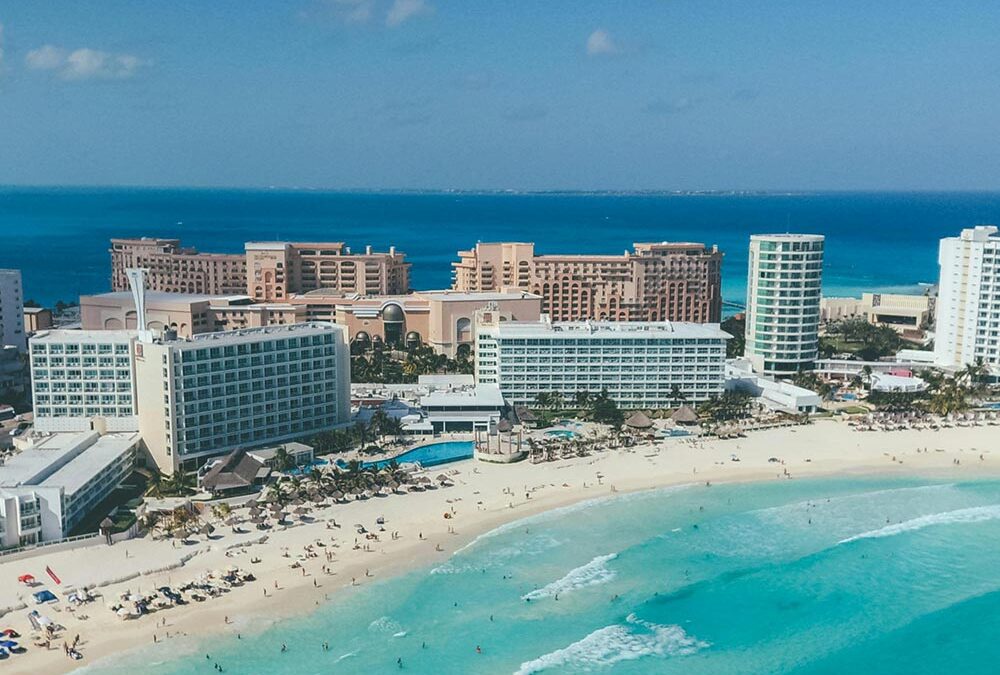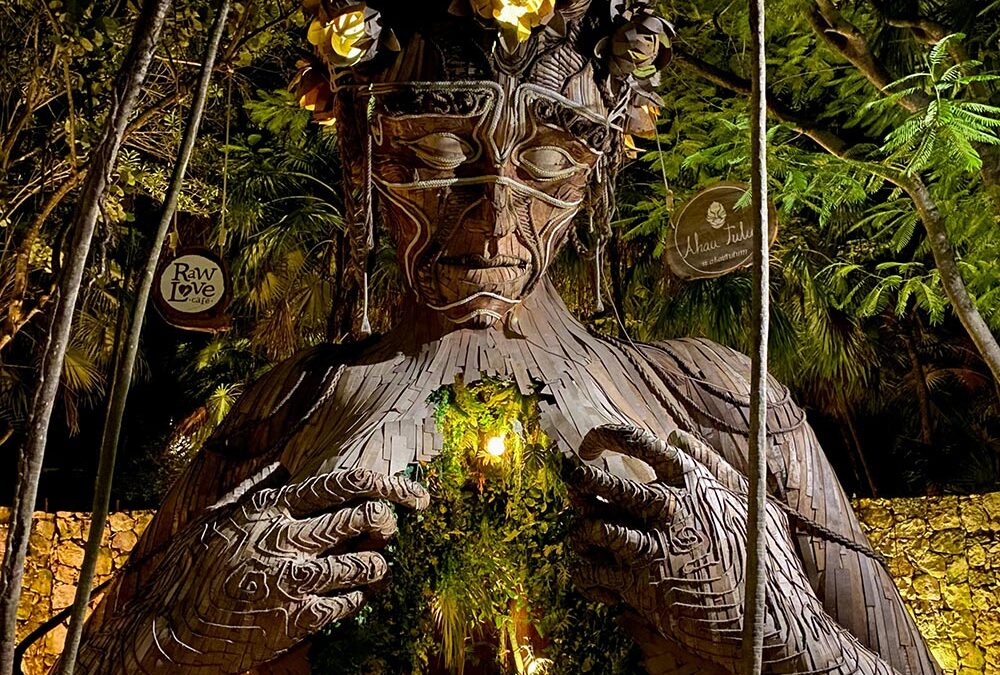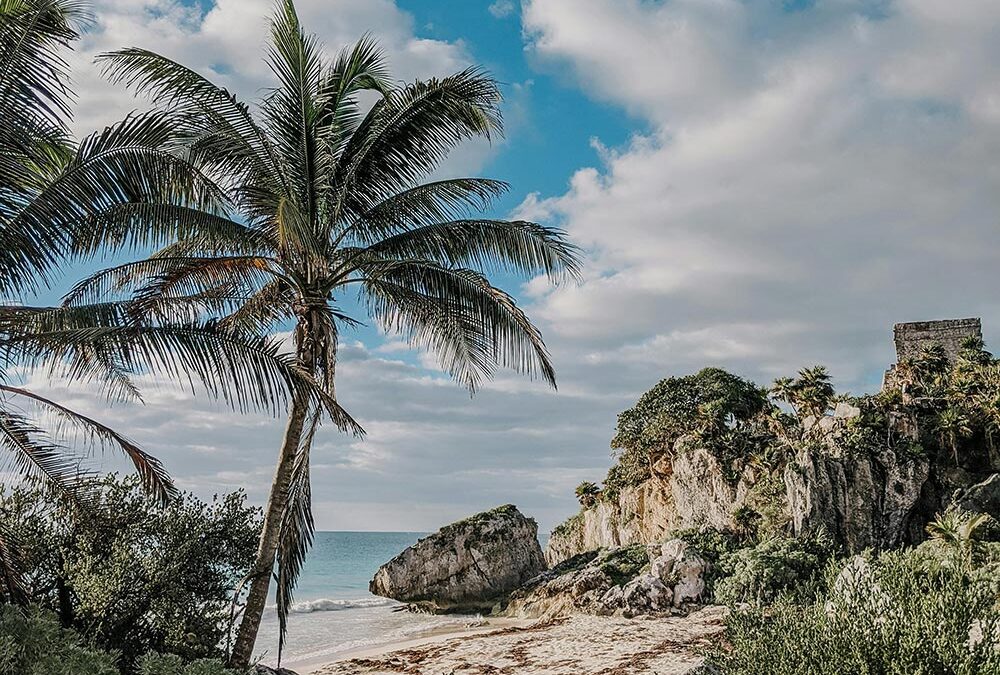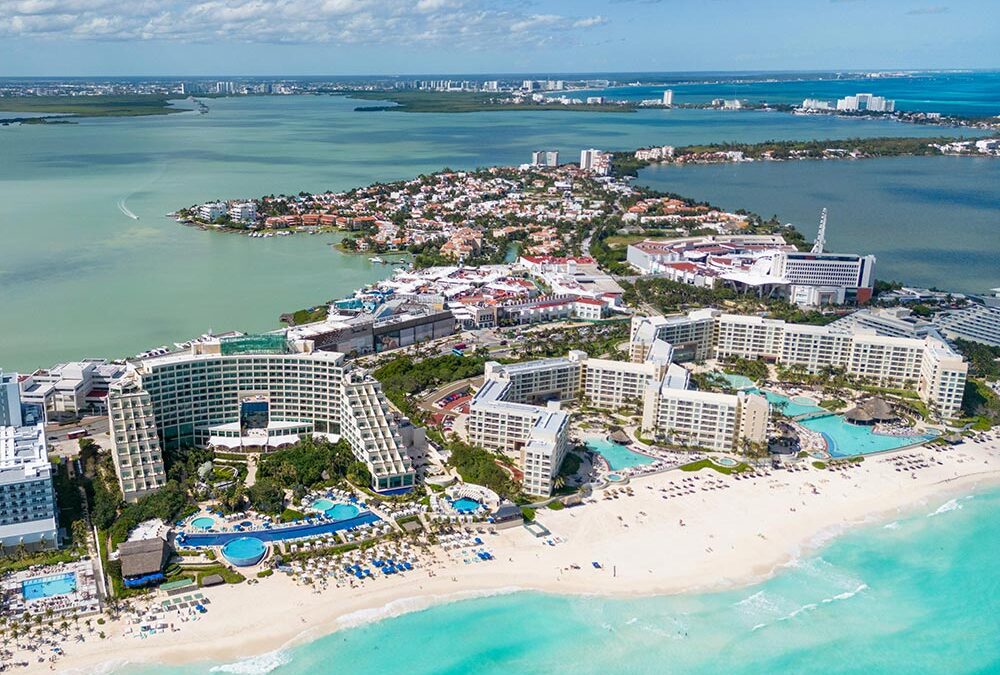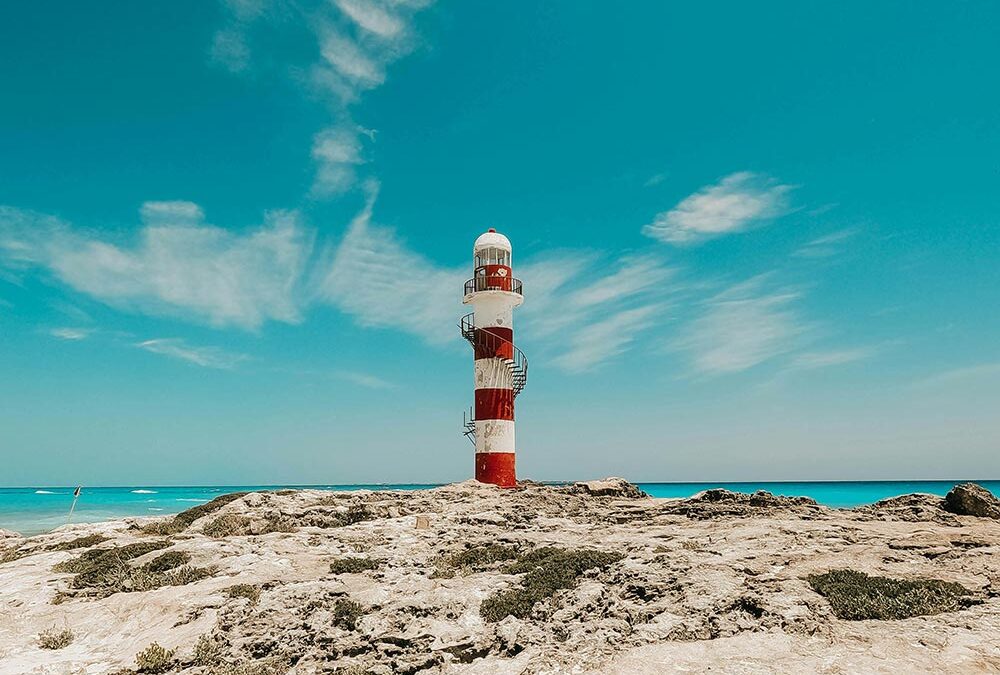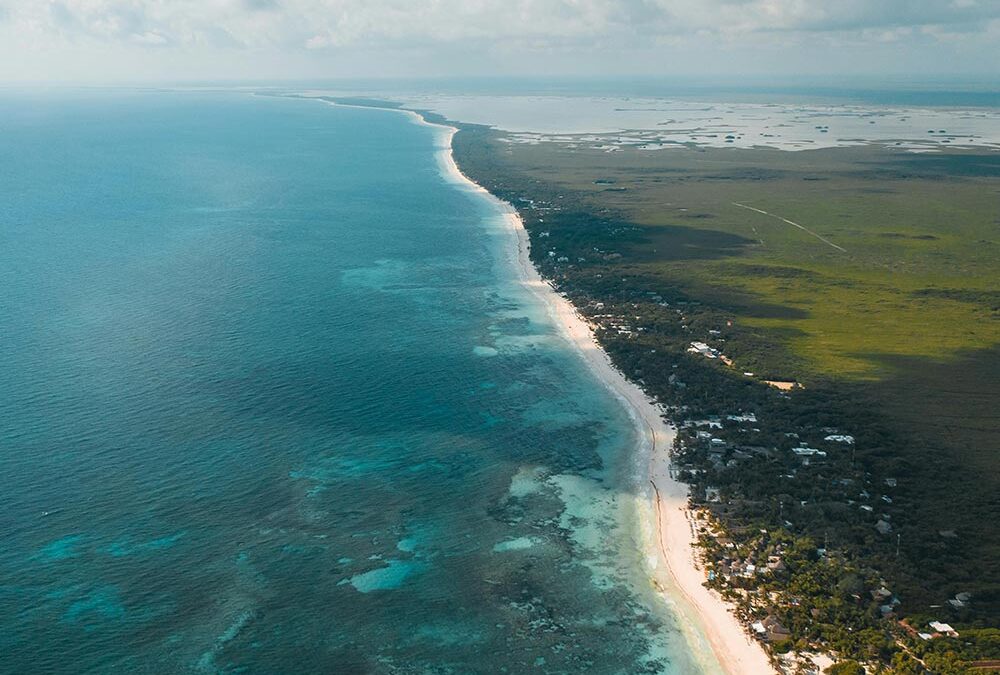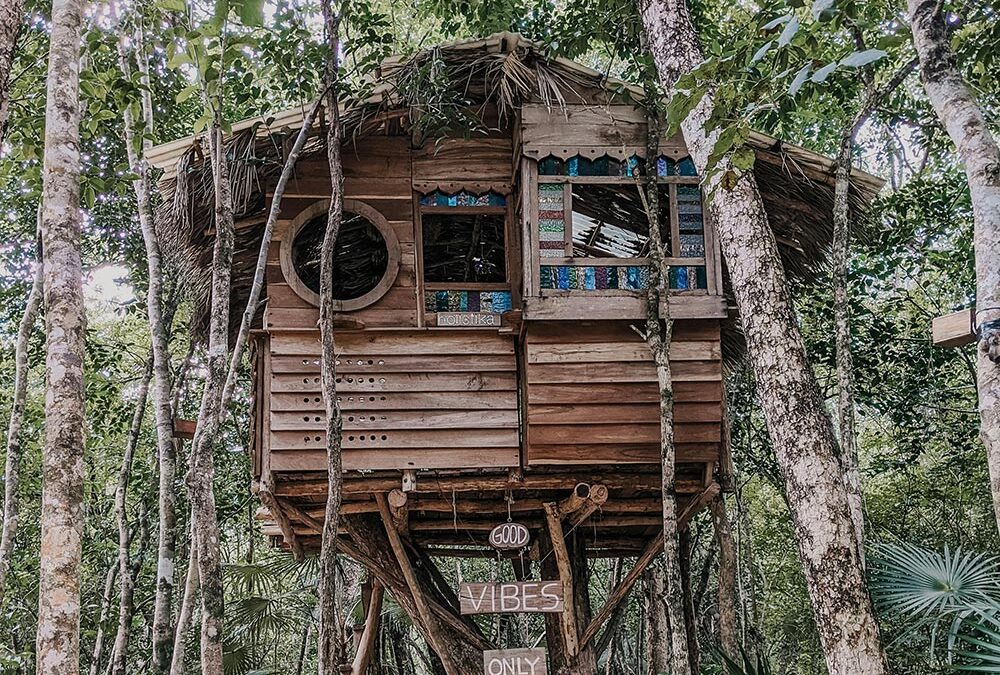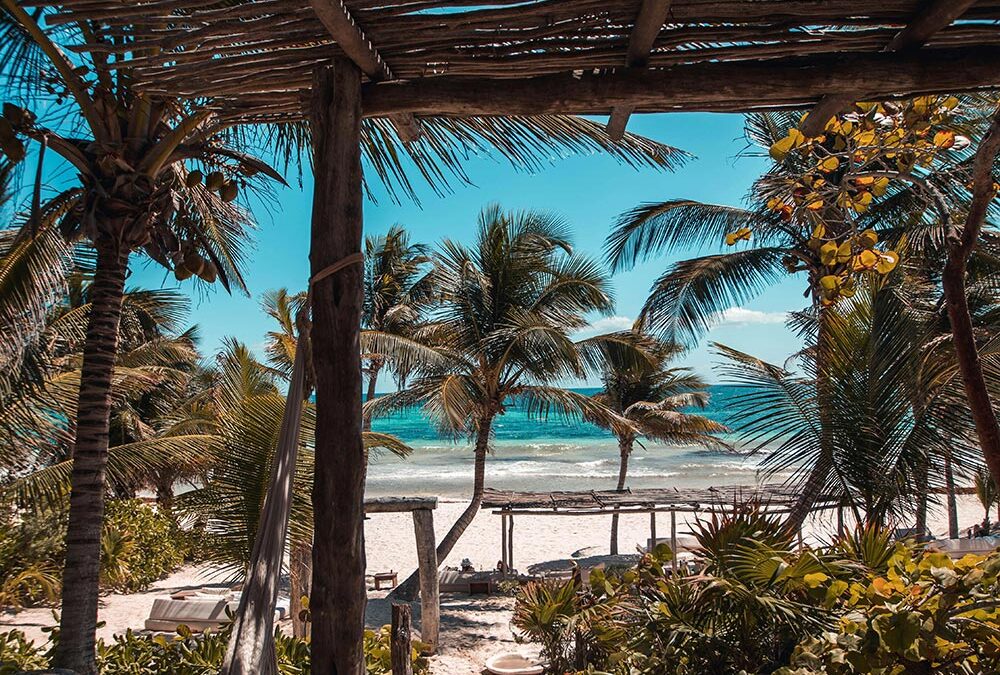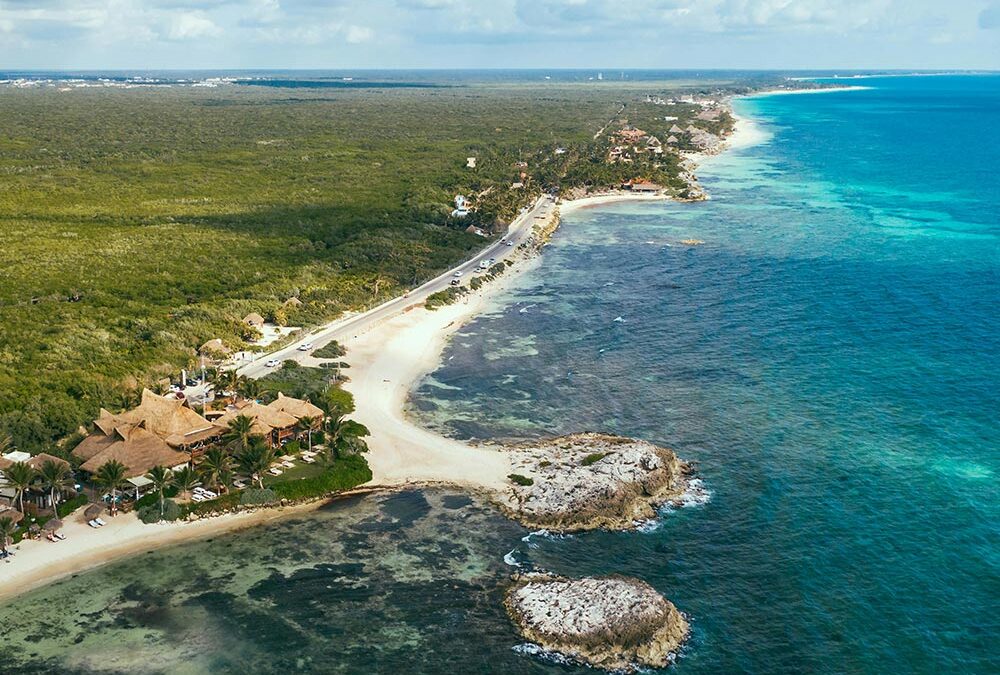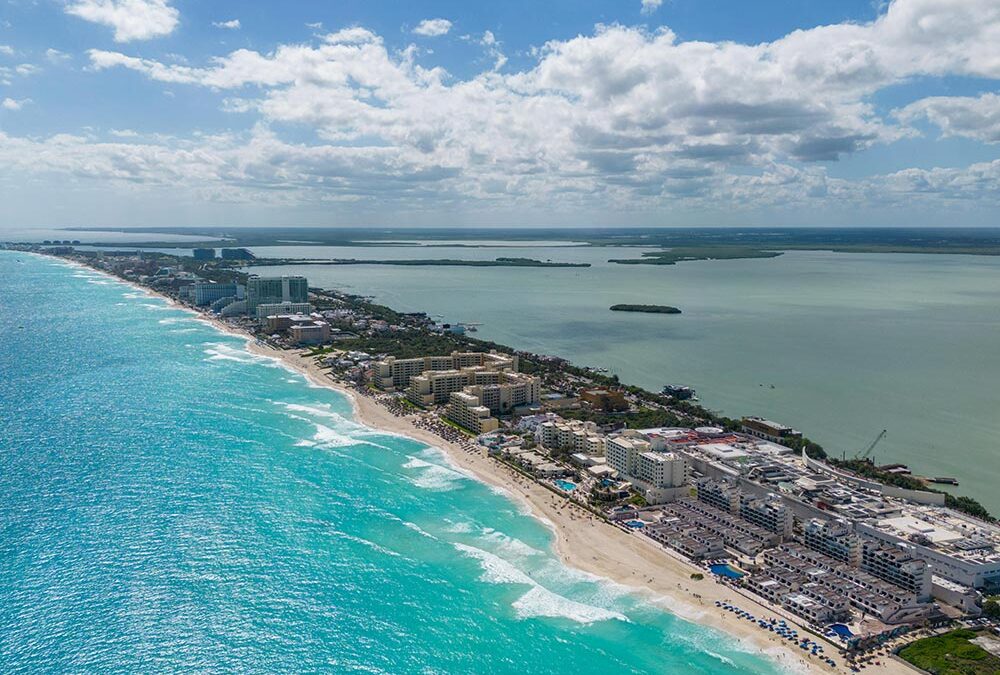The Impact of the Maya Train on Riviera Maya Real Estate
The Maya Train, or Tren Maya, is a groundbreaking infrastructure project that holds the potential to revolutionize the real estate and tourism sectors in the Riviera Maya. This 1,554-kilometer railway, connecting five states in southeastern Mexico, is designed to promote economic integration, enhance mobility, and create a more sustainable tourism model. For real estate investors, the Maya Train symbolizes a unique opportunity to tap into the rising demand for properties across popular and emerging locations, including Playa del Carmen, Tulum, and Bacalar. Its development comes at a time when global interest in Riviera Maya’s tropical allure and investment potential continues to grow, making this a pivotal moment for both buyers and sellers.
Overview of the Maya Train Project
What is the Maya Train?
The Maya Train is one of the most ambitious infrastructure projects in Mexico’s modern history. With a dual purpose of enhancing passenger travel and facilitating cargo movement, the train will interconnect key cities and cultural landmarks, providing a seamless travel experience across southeastern Mexico. The railway is designed to link regions that previously lacked efficient transportation infrastructure, thereby fostering economic and social integration. With stops in tourism hotbeds like Cancún, Tulum, and Palenque, the Maya Train will open up access to lesser-known destinations, encouraging travelers to explore beyond traditional hubs and invest in properties in emerging locations.
Goals and Objectives
The Maya Train has ambitious goals that extend beyond just transportation. It seeks to:
- Reinforce Mexico’s position as a global tourist destination by creating easy access to world-renowned sites such as Chichén Itzá and Calakmul.
- Drive economic growth by stimulating local industries, including hospitality, retail, and real estate.
- Enhance quality of life for locals by improving access to jobs, healthcare, and education.
- Develop sustainable infrastructure that aligns with global climate goals, leveraging renewable energy for operations and eco-friendly materials in construction.
By achieving these goals, the Maya Train is expected to become a linchpin for regional development, drawing domestic and international investment into the Riviera Maya real estate market.
Economic Implications for the Riviera Maya
Increased Property Values
History has shown that infrastructure projects of this scale typically lead to significant increases in property values. For example, the construction of high-speed rail systems in countries like Spain and China resulted in property price hikes of 20–30% in areas near train stations. The Riviera Maya is already experiencing a pre-emptive surge in property prices, particularly in areas close to planned Maya Train stations, such as Tulum and Playa del Carmen. Experts predict that as connectivity improves, demand for properties will intensify further, benefiting both residential and commercial real estate markets.
Job Creation and Economic Growth
The Maya Train is expected to create over 1 million jobs during its construction and operational phases, including positions in tourism, logistics, and service industries. This influx of employment opportunities is leading to increased migration to the region, driving demand for affordable housing, long-term rentals, and retail spaces. Additionally, the economic ripple effects are evident in local businesses, which stand to gain from the higher foot traffic and spending power that the train will generate.
Tourism Expansion and Real Estate Demand
Attracting International Visitors
Riviera Maya already attracts over 12 million tourists annually, with Cancún International Airport serving as a primary gateway. The Maya Train will enhance these numbers by making it easier for visitors to explore not just the beaches but also the region’s cultural and natural treasures, such as the Sian Ka’an Biosphere Reserve and the ancient city of Uxmal. By broadening the tourism footprint, the project will increase the demand for vacation properties, timeshares, and boutique hotels in previously underdeveloped areas.
Creating Year-Round Demand
The diverse attractions connected by the Maya Train will help stabilize tourism flows throughout the year. Unlike traditional tourist seasons driven by beach vacations, archaeological sites, eco-tourism spots, and cultural festivals will sustain visitor interest year-round. This consistent tourism cycle will make vacation rentals more profitable for investors, while also creating opportunities for property management companies to thrive.
Transportation and Connectivity Improvements
Improved Accessibility
One of the Maya Train’s standout features is its potential to bridge accessibility gaps. Remote towns like Felipe Carrillo Puerto and Bacalar will become easier to reach, creating new real estate hotspots. Improved connectivity will encourage developers to focus on these areas, offering diverse property options ranging from luxury villas to affordable homes for locals and expatriates alike.
Reduced Travel Time
The Maya Train is designed to cut travel times dramatically. For example, what currently takes over 4 hours by car between Cancún and Palenque will take just 2.5 hours by train. This efficiency will enhance the appeal of the Riviera Maya for retirees, digital nomads, and second-home buyers looking for convenience without compromising on the region’s natural beauty.
Environmental Considerations and Sustainable Development
Sustainability Practices
Environmental stewardship is a core tenet of the Maya Train project. The Mexican government is collaborating with international organizations to implement sustainable construction practices, including the use of solar panels at train stations and renewable energy to power the trains. Additionally, biodiversity corridors are being planned to protect wildlife habitats along the railway route. This commitment to sustainability aligns with the growing demand for eco-friendly real estate, making green-certified properties a lucrative investment.
Balancing Development with Conservation
Despite the Maya Train’s benefits, it has faced criticism for its environmental impact, particularly concerning deforestation and ecosystem disruption. The project includes mitigation strategies, such as reforestation programs and environmental impact assessments, to ensure that development does not come at the expense of the region’s rich biodiversity. Investors and developers must be mindful of these challenges and prioritize sustainability to maintain the Riviera Maya’s appeal.
Impact on Real Estate Investment Trends
Rise in Foreign Investments
The Maya Train is attracting a surge of interest from foreign investors, particularly from the United States, Canada, and Europe. The promise of high returns, coupled with the Riviera Maya’s existing popularity as a tourist destination, makes this a prime market for international buyers. Foreigners are showing interest in luxury developments, co-living spaces, and commercial properties near train hubs, driving competition in the market.
Diversification of Property Portfolios
Real estate investors are increasingly diversifying their portfolios by targeting multiple property types across the Maya Train route. For instance, some are focusing on short-term rental properties to capitalize on tourism, while others are exploring affordable housing developments to cater to the growing workforce. This strategy not only spreads risk but also positions investors to benefit from the region’s multifaceted growth.
Case Study: Playa del Carmen and Tulum
Playa del Carmen and Tulum exemplify the transformative potential of the Maya Train. Playa del Carmen, with its vibrant urban appeal and established expat community, is witnessing a boom in mixed-use developments combining residential, retail, and entertainment spaces. Meanwhile, Tulum is leveraging its reputation as an eco-tourism haven to attract boutique developments that prioritize sustainability and wellness. Properties in these locations have already appreciated by 15–20% in the past two years, with further gains expected as the Maya Train nears completion. Investors who enter these markets early stand to benefit from both short-term gains and long-term stability.
Conclusion
The Maya Train represents a monumental shift for the Riviera Maya, bringing enhanced connectivity, economic growth, and sustainability to the region. For real estate investors, the train offers unprecedented opportunities to capitalize on rising demand across diverse property markets. Whether through luxury villas, eco-friendly developments, or affordable housing, the potential for high returns is undeniable. As the project progresses, stakeholders must remain vigilant about balancing growth with conservation to ensure that the Riviera Maya retains its unique charm and ecological significance.
FAQs
How does the Maya Train impact property prices?
Properties near planned train stations, especially in tourist hotspots like Tulum and Playa del Carmen, are expected to appreciate significantly, with potential increases ranging from 20–30% over the next five years.
What types of properties are best for investment along the Maya Train route?
Short-term rentals in tourist-heavy areas, affordable housing developments for local workers, and eco-friendly properties catering to sustainability-conscious buyers are highly promising investments.
When will the Maya Train be operational?
The first phases of the Maya Train are expected to begin operations in late 2024, with full completion projected by 2025.
What are the environmental concerns associated with the Maya Train?
Critics cite deforestation, habitat disruption, and strain on local ecosystems as concerns. To address these, the project includes reforestation initiatives and biodiversity corridors.
Will the Maya Train benefit local communities?
Yes, by creating jobs, boosting tourism, and improving regional connectivity, the Maya Train is expected to significantly enhance the quality of life for local residents.
